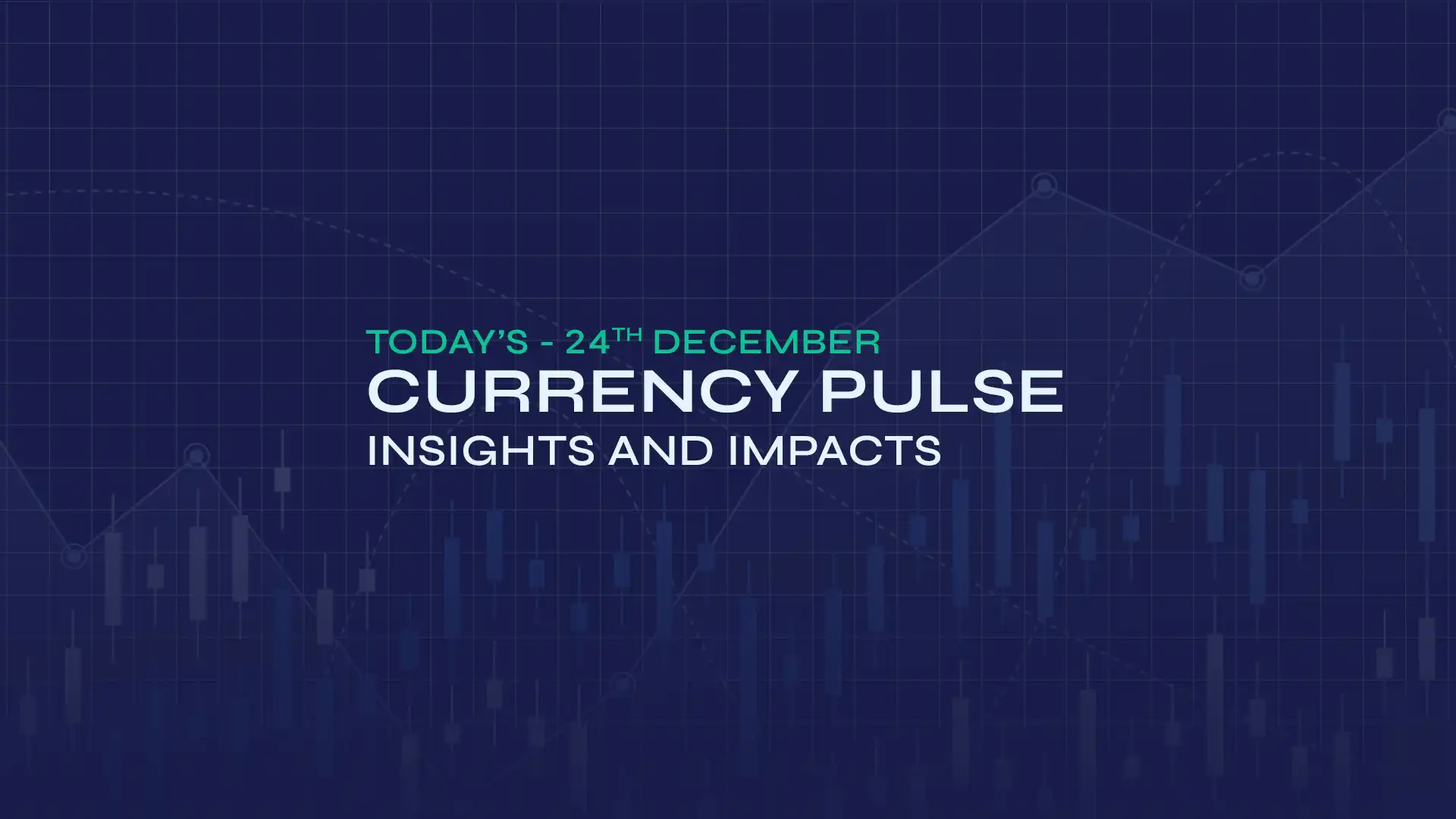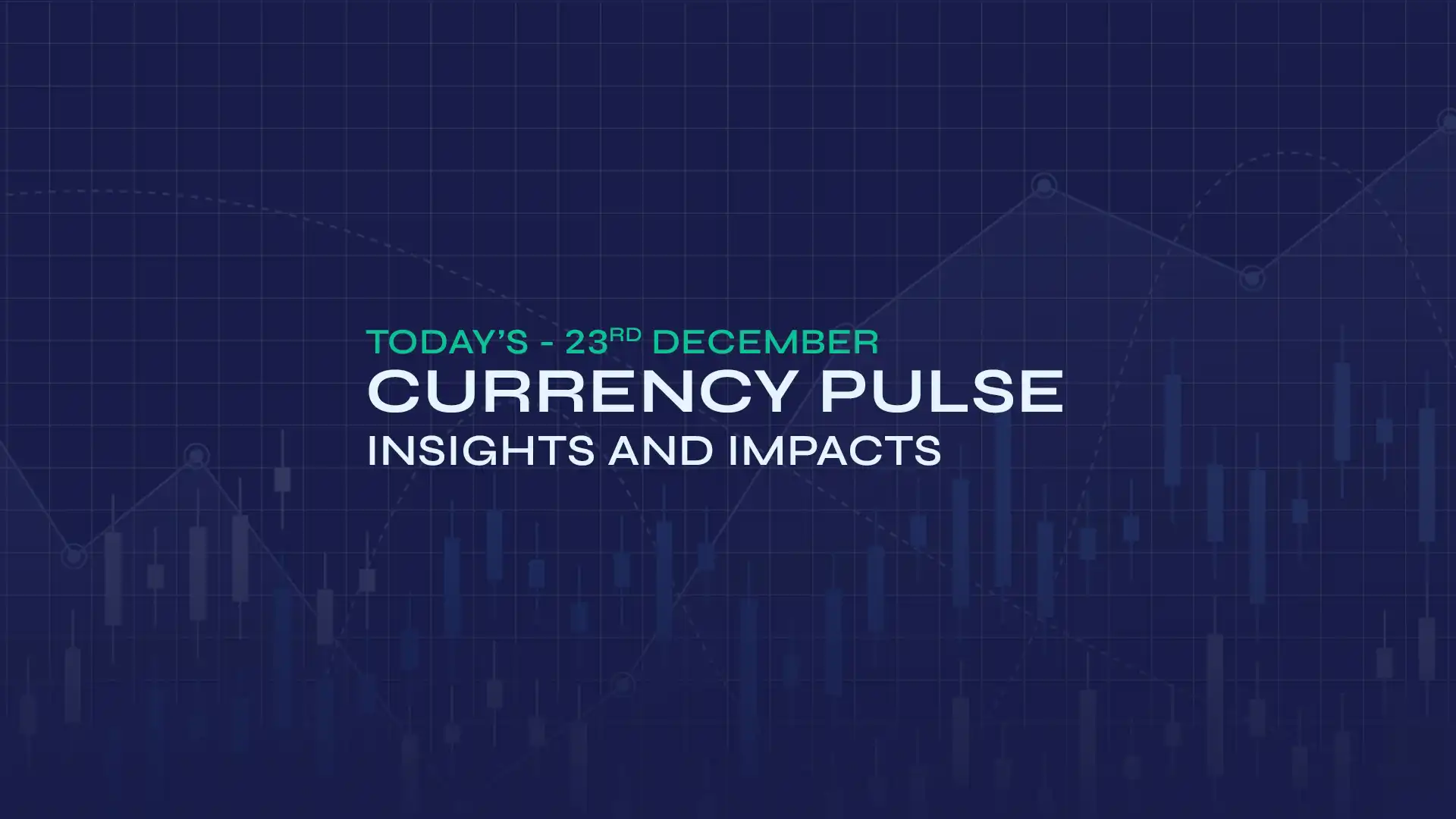EUR/GBP dipped near 0.8713, after the United States (US) and the European Union (EU) announced that they have reached a framework trade agreement. On Sunday, the US and EU reached an agreement on a 15% US tariff on all EU goods, ending a months-long deadlock between two major economic partners. This rate is half of the 30% import duties that US President Donald Trump had threatened to impose starting Friday. The easing of trade tensions could provide short-term support for the shared currency. Additionally, the deal indicates that the EU will invest $600 billion in the US beyond existing spending. "The trade agreement negotiated by the European Commission with the United States will bring temporary stability to economic actors threatened by the escalation of American tariffs, but it is unbalanced," said France's European Affairs Minister Benjamin Haddad on X. On Monday, he reiterated that the US-EU trade deal offers temporary stability but remains uneven, noting, "It is still an unbalanced deal. The trade deal has the merit of exempting certain key French sectors, such as aeronautics and spirits."
Last week's economic data showed the German IFO Business Climate Index increased slightly to 88.6 in July from 88.4 in June, but it still fell short of the market consensus of 89. Meanwhile, the Current Economic Assessment Index improved to 86.5 from 86.2, remaining below the estimated 86.7. The IFO Expectations Index, reflecting firms' outlook for the next six months, stayed steady at 90.7 in July, below the expected 91.1. German consumer confidence continued to decline in August, with the GfK Consumer Climate Index dropping to -21.5 from -20.3, also missing the forecast of -19. The Eurozone's manufacturing sector remained in contraction, while the services sector expanded in July, based on the latest PMI survey published by HCOB on Thursday. The Eurozone Manufacturing PMI rose slightly to 49.8 in July from 49.5 in June, meeting market expectations. The Services PMI increased to 51.2 from 50.5, aligning with predictions and reaching a six-month high. The HCOB Eurozone PMI Composite Index stood at 51 in July, up from 50.6 in June, surpassing the forecast of 50.5.
On the other hand, market speculation about the Bank of England's (BoE) upcoming monetary policy decision continues to influence the British Pound. Recent cooling in labour market conditions and mixed inflation data have led market expectations to anticipate a 25 basis point interest rate cut by the BoE at the 7 August announcement. The latest employment data shows a slowdown in the UK labour market, partly due to increased employer contributions to social security schemes. In the last Autumn Statement, Chancellor Rachel Reeves raised employers' National Insurance (NI) contributions from 13.8% to 15%. Additionally, the preliminary UK S&P Global Purchasing Managers Index (PMI) for July indicated that staffing levels declined at their fastest rate since February.
Market sentiment surrounding the confirmation of the US-EU tariff deal will influence the EUR/GBP exchange rate.
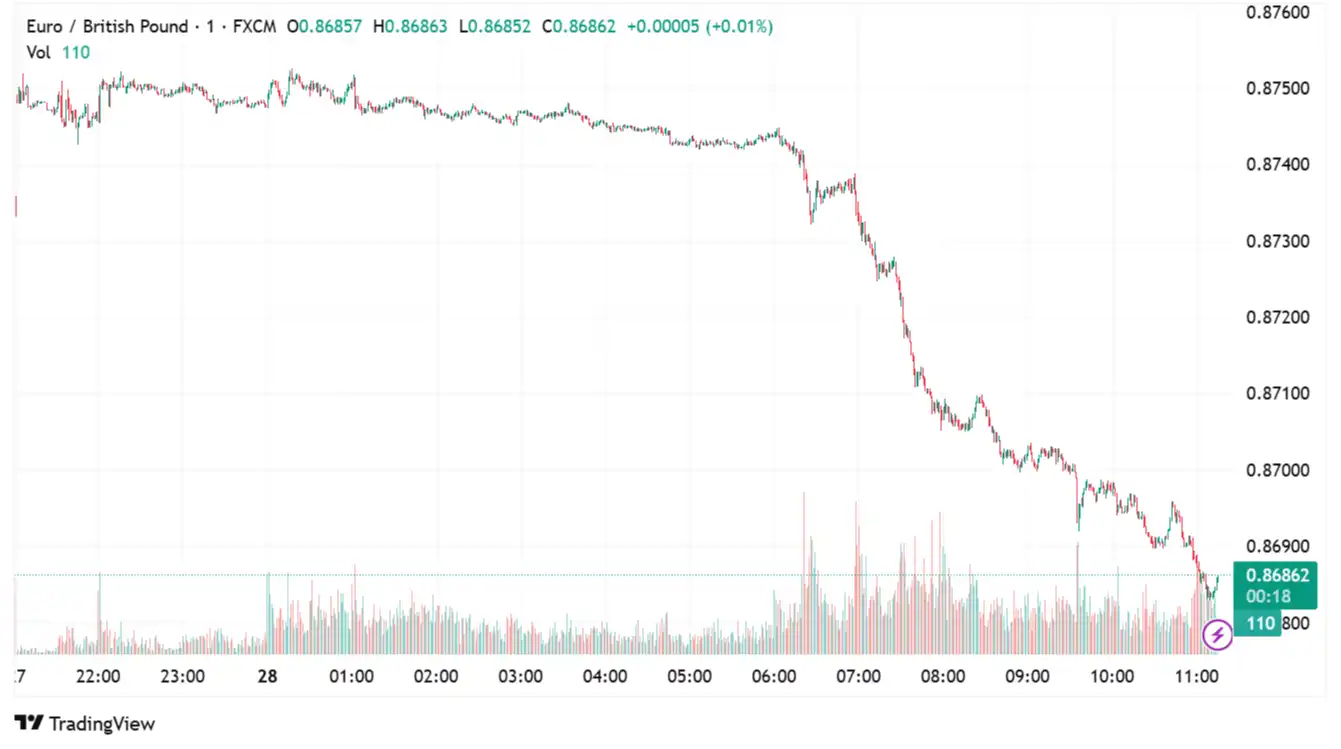
AUD/JPY Subdued Due to Risk-Off Mood
AUD/JPY fell near 96.63 as recent optimism over a trade agreement between the US and the European Union (EU) diminishes demand for traditional safe-haven assets, including the JPY. Additionally, decreased expectations of an immediate interest rate increase by the Bank of Japan (BoJ), amid signs of easing inflation in Japan and domestic political instability, further weigh on the JPY. Japan's trade agreement with the US, announced last week, has lessened economic uncertainty and heightened the possibility that the BoJ will resume its tightening cycle later this year, which could serve as a boost for the JPY. Traders may also choose to stay on the sidelines ahead of this week's central bank event risks and key US macroeconomic releases. The Statistics Bureau of Japan reported this Friday that the headline Tokyo Consumer Price Index (CPI) rose by 2.9% year-on-year in July, down from 3.1% the previous month. Furthermore, a core measure, excluding volatile fresh food prices, increased by 2.9%, below expectations of 3.0% and the 3.1% recorded in June. Meanwhile, the core CPI, which omits both fresh food and energy prices and is closely monitored by the Bank of Japan as an indicator of domestically driven inflation, eased to 2.9% year-on-year in July from 3.1% the month prior. Rising political risks in Japan, especially following the ruling coalition's significant defeat in the upper house election, may compel the Bank of Japan to delay raising interest rates and keep the JPY under pressure.
On the Australian front, traders await updates from the upcoming meeting between US Treasury Secretary Scott Bessent and Chinese Vice Premier He Lifeng, set for Monday in Stockholm. The latest minutes from the Reserve Bank of Australia's (RBA) meeting show that the board agreed that further rate reductions are justified over time, focusing on the timing and magnitude of easing. Most officials preferred to wait for clear signs of an inflation slowdown before easing. Additionally, many members felt that reducing rates three times in four meetings would not be considered "cautious and gradual." Recent reports from Judo Bank and S&P Global indicate that Australia's Composite PMI rose to 53.6 in July from 51.6, its highest since April 2022, marking ten consecutive months of growth. The Services PMI increased to 53.8 from 51.8, the fastest in 16 months, while the Manufacturing PMI was 51.6 in July, up from 50.6.
Broader market sentiment surrounding the Bank of Japan's (BoJ) interest rate decision and US-China trade deal will influence the AUD/JPY exchange rate.
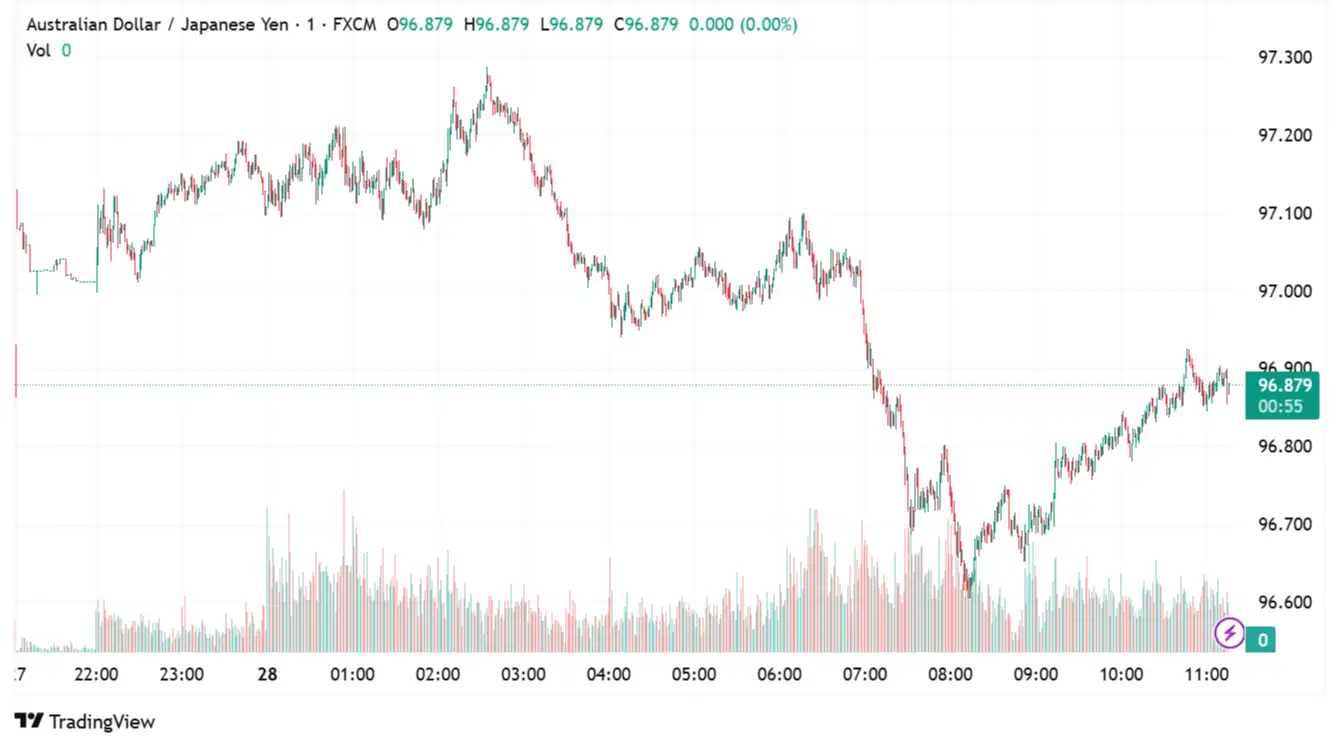
USD/CHF Gains Amid Hopes of US-EU Tariff Deal
USD/CHF rose slightly to around 0.7983 as investors await further updates on the US-China trade agreement, with US Treasury Secretary Scott Bessent and Chinese Vice Premier He Lifeng set to meet on Monday in Stockholm. Additionally, a prominent news outlet reported on Sunday that the US and China are likely to extend their tariff truce, avoiding new tariffs during this period. Another reputable financial source also noted that the US has paused export controls on critical technology to China to promote smoother trade relations. This easing of concerns that US President Donald Trump's tariffs might harm global economic growth could be a factor in the CHF's decline.
On the greenback front, improved market sentiment following the US-EU trade deal boosts the currency. The US and European Union reached a trade framework on Sunday, imposing 15% tariffs on most European goods starting 1 August. US Initial Jobless Claims dropped to 217,000 last week, down from 227,000 and 221,000 in previous weeks, marking the sixth straight weekly decline, the longest since 2022, highlighting labour market resilience. The preliminary S&P Global US Composite PMI increased to 54.6 in July from 52.9 in June, the fastest growth in seven months. The Services PMI rose to 55.2, surpassing expectations of 53.0 and indicating strong demand in services. Conversely, the Manufacturing PMI fell to 49.5 from 52.0 and below the forecast of 52.5, signalling contraction. US Treasury Secretary Scott Bessent stated that a nominee for the next Federal Reserve Chair is likely to be announced in December or January. He noted that there's no rush to choose a successor to Jerome Powell and that the nominee could be from current board members or district bank leaders.
Investors will also scrutinise a range of US economic data, including the Personal Consumption Expenditure Price Index (PCE) and JOLTS Job Openings for June, flash Q2 Gross Domestic Product (GDP), and the ISM Manufacturing PMI for July, for new insights on the USD/CHF exchange rate.
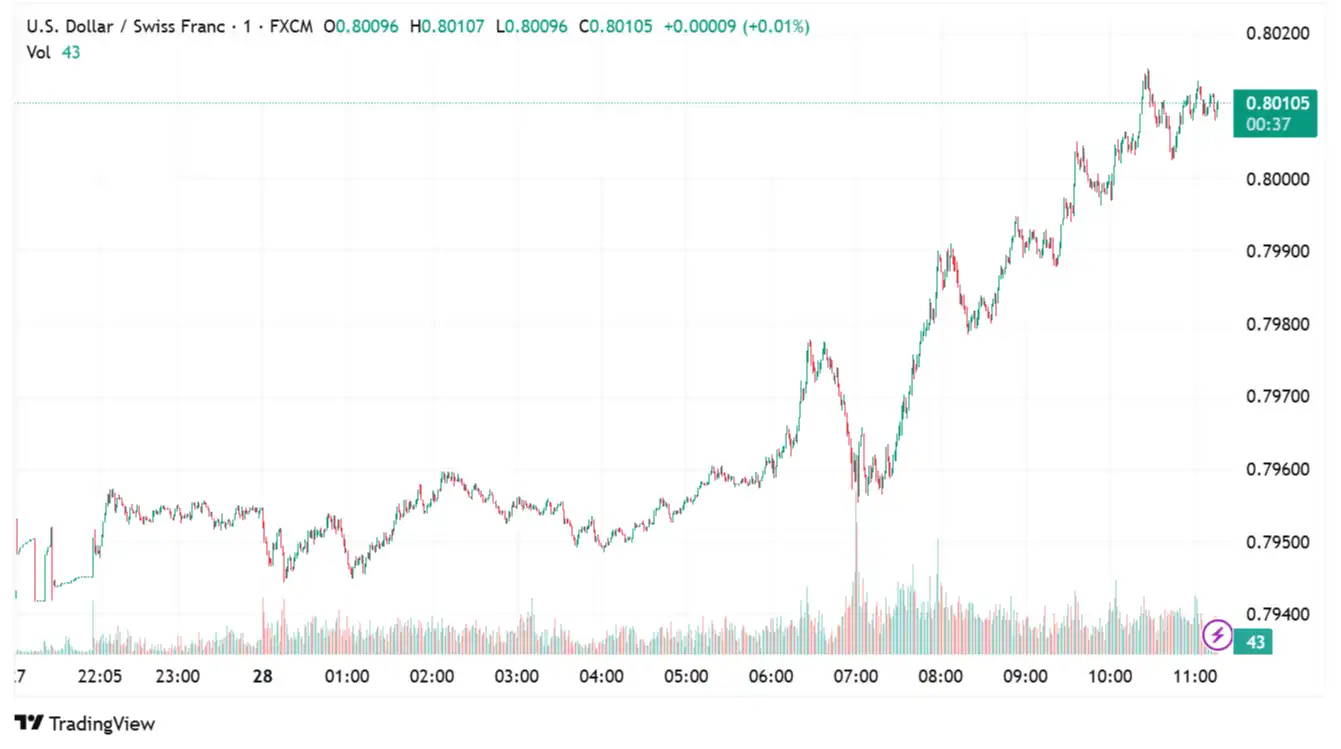
EUR/USD Muted Following US-EU Trade Agreement
The EUR/USD struggled near 1.1678 as the euro gained ground following the United States' (US) and European Union's (EU) trade agreement over the weekend, which eased fears of a broader trade conflict. The two economies reached a framework trade agreement on Sunday, introducing 15% tariffs on most European goods starting 1 August. This agreement ends months of deadlock, as reported. EC President von der Leyen described it as "the best deal we could get," though probably not the ideal deal investors hoped for. The European Union will face 15% duties, not 30%, and not the zero-for-zero deal Brussels initially aimed for. The tariffs cover pharmaceutical products and automobiles, the Eurozone's main exports to the US. In return, Europe will invest EUR 600 billion in the US and purchase EUR 750 billion worth of its gas.
Last week, the European Central Bank's (ECB) decided to keep interest rates steady amidst trade-related uncertainties. ECB President Christine Lagarde reaffirmed that risks to the Eurozone economy remain "tilted to the downside," citing higher actual and expected US tariffs and ongoing geopolitical uncertainties as factors limiting growth and investment. She added that a quick resolution of trade disputes could "lift sentiment and boost activity," but without clear progress, the ECB will stay cautious. The ECB's Monetary Policy Statement noted that inflation has returned to the 2% target, and recent data show moderate resilience in the Eurozone economy. However, policymakers warned of rising external risks, especially increased trade tensions with the US and the possible negative impact of a stronger euro on exports. The bank emphasised a cautious, data-driven, meeting-by-meeting approach, without providing specific guidance on future policy timing or scope. ECB Governing Council member Martins Kazaks mentioned on Friday that there is little reason to lower interest rates further unless a major shock occurs. Likewise, ECB Governing Council member Gediminas Šimkus remarked on the inflation outlook after the decision to hold rates steady, noting that "inflation is expected to stay at 2% in the medium term."
On the greenback front, optimism over a trade deal between the US and the European Union (EU) supports the US dollar. US President Donald Trump and European Commission President Ursula von der Leyen revealed a comprehensive trade agreement, including a 15% baseline tariff on most European exports to the US. This announcement follows the recent US-Japan trade deal and reports that US and Chinese officials plan to meet again on Monday to extend their trade truce, boosting investor interest in riskier assets. Meanwhile, Trump has frequently criticised Fed Chair Jerome Powell personally over his stance on rate policy, increasing concerns that political interference might threaten the Fed's independence. Additionally, Fed officials like Governor Chris Waller and Vice Chair for Supervision Michelle Bowman, appointed by Trump, have supported a rate cut at the July meeting, keeping dollar bulls cautious. On the economic data front, US durable goods orders fell 9.3% month-on-month to $311.84 billion in June 2025, reversing a revised 16.5% increase in May. The decline was less than the forecasted 10.8% drop, mainly due to a slump in commercial aircraft bookings. Excluding transportation, orders rose slightly by 0.2%, indicating some resilience in manufacturing demand. However, core capital goods orders decreased by 0.7%.
Apart from the US economic data, Wednesday's FOMC decision, along with the policy statement and Powell's comments at the post-meeting press conference, will influence the EUR/USD exchange rate.
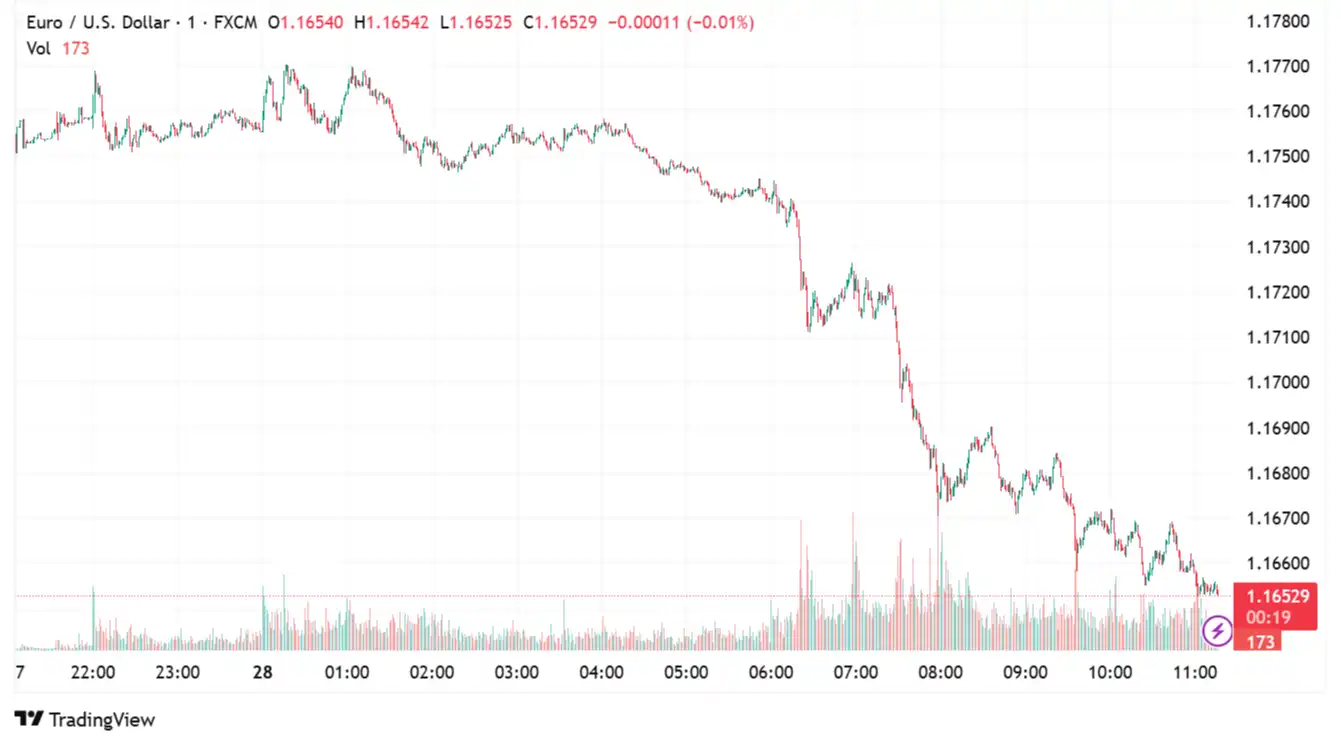
Stay Ahead in the Currency Game
Whether you're a daily FX trader or handle international transactions regularly, our 'Currency Pulse' newsletter delivers the news you need to make more informed decisions. Receive concise updates and in-depth insights directly in your LinkedIn feed.
Subscribe to 'Currency Pulse' now and never miss a beat in the currency markets!
Ready to act on today’s insights? Get a free quote or give us a call on: +44 (0)20 7740 0000 to connect with a dedicated portfolio manager for tailored support.
Important Disclaimer: This blog is for informational purposes only and should not be considered financial advice. Currency Solutions does not take into account the investment objectives, financial situation, or specific needs of any individual readers. We do not endorse or recommend any specific financial strategies, products, or services mentioned in this content. All information is provided “as is” without any representations or warranties, express or implied, regarding its accuracy, completeness, or timeliness.



